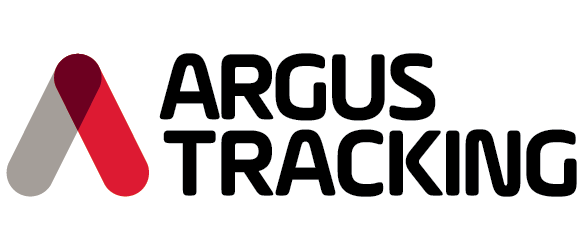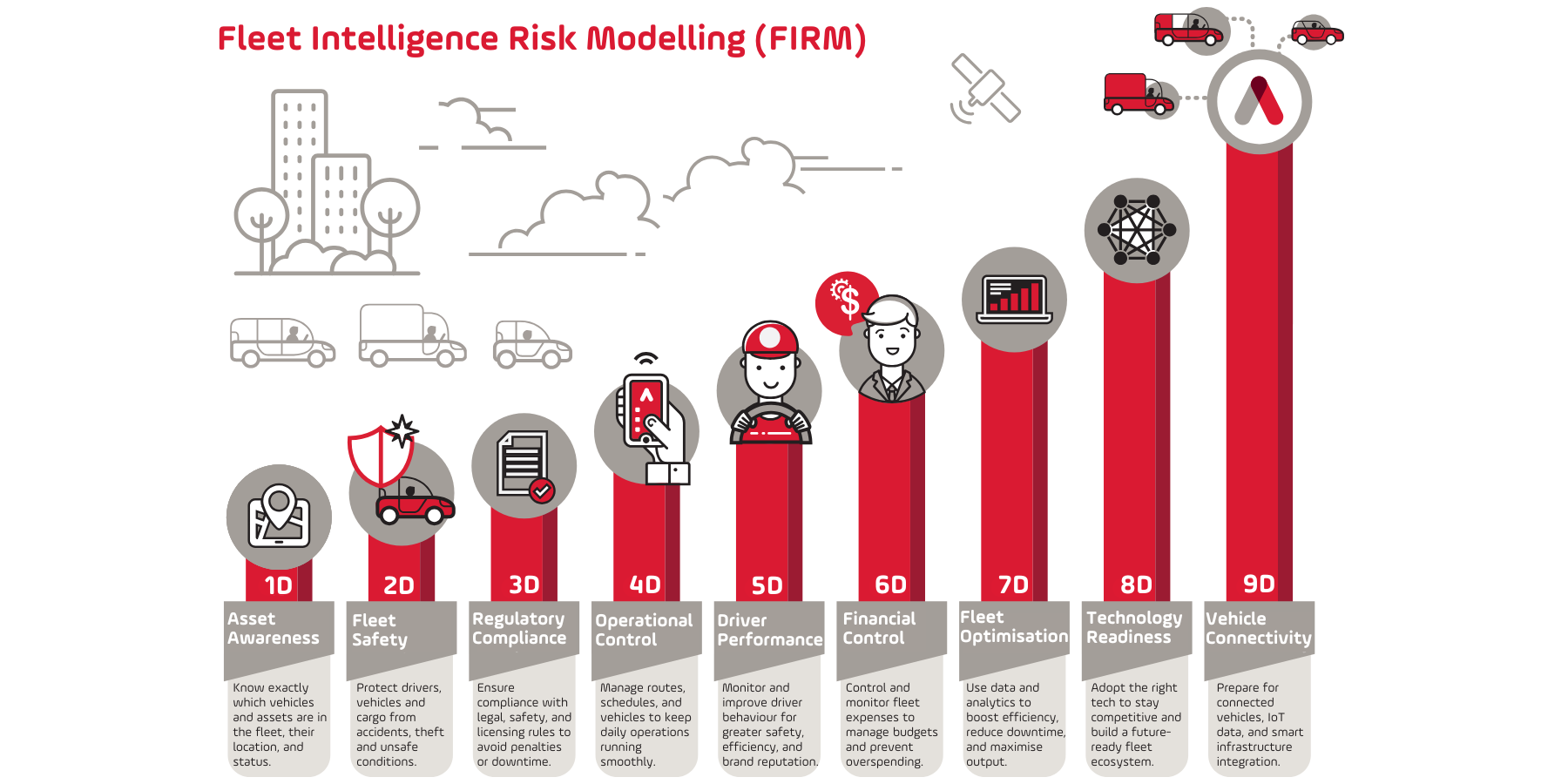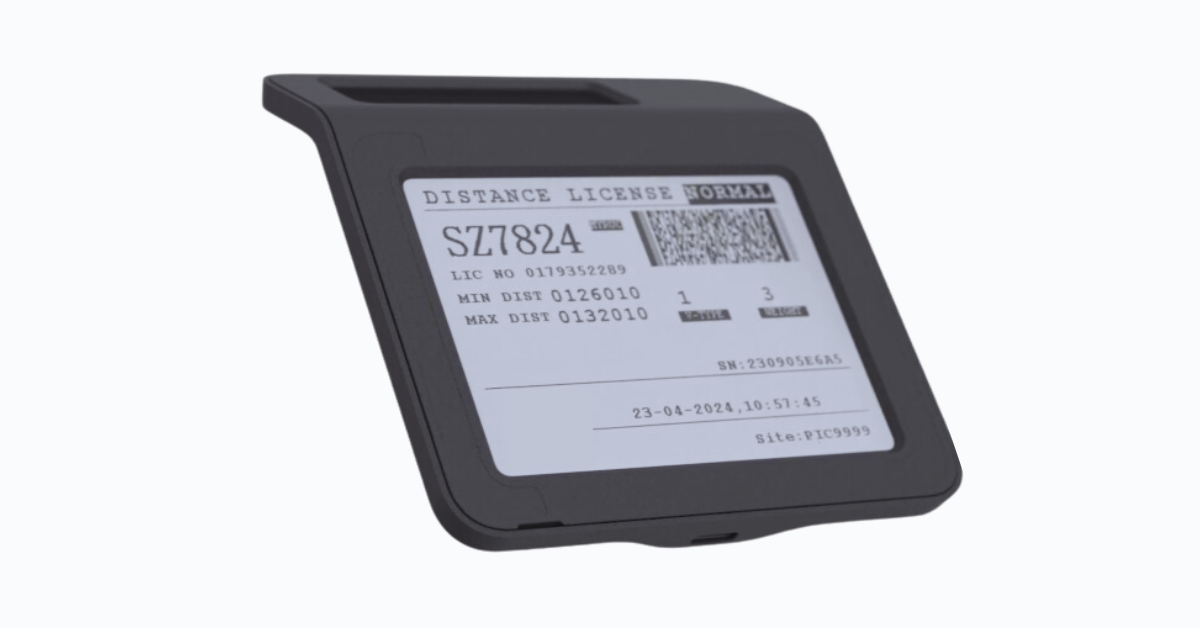This year has been a defining year for fleet managers across New Zealand. Instead of focusing on shiny new technology or expansion, 2025 was about staying strong through economic pressure, working smarter with telematics data, and keeping drivers safe and compliant.
If you manage vehicles, you probably felt the pinch of rising costs, tighter margins and the need to prove that fleet management delivers measurable business value.
Here’s a look back at the biggest fleet management trends that shaped 2025 and what they mean for your business heading into 2026.
1. Surviving Cost Pressure and Doing More with Less
Smarter ways to control fleet costs
If there was one phrase that defined 2025 for New Zealand fleets, it was cost pressure. Fuel, servicing, insurance and labour all increased, forcing fleet managers to look harder for savings.
Instead of cutting corners, many turned to fleet telematics data to make smarter, evidence-based decisions.
Tracking tools became powerful cost-control systems, helping identify:
Fuel cost inefficiencies
Route inefficiencies
Fuel card misuse or fuel theft
Underutilised vehicles that could be sold or reallocated
With the right insights, businesses could see exactly where money was being wasted and take action quickly.
For example, one Argus Tracking customer used the Fuel Watch feature to spot fuel card transactions that did not match vehicle activity. Because Argus integrates with all major fuel providers such as bp and Mobil, every purchase appears directly in the Argus dashboard. When fuel was bought in one region while the vehicle was elsewhere, the manager quickly identified and stopped misuse, saving hundreds of dollars each month.
Fleet managers proving their value
Beyond cutting costs, 2025 was also the year many fleet managers had to prove the value of fleet management to their leadership teams.
With budgets tightening and every department asked to do more with less, executives wanted clear evidence of ROI, cost savings, utilisation and compliance improvements.
Those who could connect telematics insights to real business outcomes stood out.
Instead of presenting raw data, they focused on results, insights and next steps, showing how their fleets were improving efficiency, safety and profitability while finding new opportunities to strengthen operations.
We explored this topic earlier in the year in our blog How to Show Fleet Value to Leadership, which turned out to be one of the most popular articles of 2025.
When you can say, “Since launching driver coaching based on Argus data, we have seen a 40 % drop in speeding events”, that is not just a report. It is a story leadership understands.
Key takeaway:
Telematics is no longer only about where your vehicles are. It is about how much value your fleet delivers to the business through measurable savings, risk reduction and performance improvement.
2. Safety, Compliance and Risk Management Step Into the Spotlight
In 2025, fleet managers had to stay sharp as road safety, compliance and insurer expectations became a bigger part of everyday operations.
RUC law changes on the horizon
One of the biggest upcoming shifts is the Government’s road user charge (RUC) reform.
In August 2025, the New Zealand Government confirmed that by around 2027, all light vehicles, including petrol cars, will transition to a fully digital RUC system. This change will replace traditional petrol taxes with a distance-based model for funding road maintenance.
For fleet managers, the RUC law change is a major turning point in compliance and cost management. With a digital system such as Argus Tracking’s Smart eRUCs, fleet managers can prepare early for the shift away from paper licences and ensure every light vehicle, whether petrol, diesel or electric, is ready to operate under the new digital framework.
By automating RUC management, Smart eRUCs reduces admin workload, prevents costly manual errors, keeps compliance current and gives your team more time to focus on core operations.
Fleet risk management
A strong safety record now has a direct impact on insurance costs, business reputation and driver wellbeing. This means fleet risk management is now a core part of running a reliable and responsible operation.
This is exactly why Argus introduced the Fleet Intelligence Risk Modelling (FIRM) framework in 2025. FIRM gives organisations a modern way to assess their fleet through the lens of fleet management risk. It outlines nine dimensions of fleet maturity, highlights the most common risks at each stage and provides a practical roadmap to move from basic capability to future-ready operations.
Instead of reacting after incidents have occurred, FIRM helps fleet managers take a more proactive approach. Every fleet is unique, and so are the risks it faces. By using FIRM, you can clearly see where your fleet currently sits within the nine dimensions, which vulnerabilities are most common at that level and what actions and technologies will deliver the greatest improvement.
Argus encourages fleet managers to use FIRM as a starting point for risk reduction and operational growth. It helps you understand your current maturity, uncover potential weak points and follow structured next steps to strengthen safety, compliance and efficiency.
You can learn more about Fleet Intelligence Risk Modelling (FIRM) here.
Key takeaway:
Fleet performance today is about more than vehicle uptime or fuel efficiency. It is about managing risk, protecting drivers and demonstrating compliance with the help of smart, data-driven technologies and frameworks.
3. The 2G and 3G Network Shutdown: A Wake-Up Call for Upgrades
One of the biggest topics in 2025 has been the countdown to the 2G and 3G network shutdown in New Zealand. One NZ has confirmed its 3G network will close by the end of 2025, with other providers expected to follow soon after.
Once these networks go offline, any vehicle tracking devices still relying on them will stop sending GPS tracking data, creating serious risks for day-to-day operations such as vehicle visibility, safety alerts and compliance reporting.
Why upgrading matters now
Missing the upgrade window can cause major disruption to your business. When older devices can no longer send data, your vehicles cannot be tracked, and this affects dispatching, customer service, driver safety and overall operational control.
Upgrading to 4G or 5G-ready devices such as the Geotab GO9 through Argus Tracking gives you more accurate, real-time data pulled directly from the engine. You will also gain access to new and upcoming features, including driver behaviour alerts for harsh braking, rapid acceleration and sharp cornering. These insights give you greater control and improved accuracy when managing risk and fleet performance.
In addition, the device upgrade was the ideal moment to modernise fleet operations with AI-powered dashcams for many of our customers.
The Argus Vision AI Plan is an all-inclusive solution that provides an AI-powered dashcam, GPS vehicle tracking and full access to the Argus fleet management platform. The dual road and driver-facing camera lenses detect fatigue, distractions and collisions in real time. With live video streaming, time-stamped incident footage and automatic safety alerts delivered through your Argus dashboard, you can respond faster, reduce false insurance claims and protect drivers more effectively.
How Argus is helping
At Argus Tracking, we have helped many businesses prepare for the 3G shutdown.
We understand that upgrading can feel like another cost in a tough economy, which is why we continue to offer a complimentary device swap for fleet owners transitioning to newer units.
If you have not checked your hardware yet, now is the perfect time.
Contact our team for a free consultation to see if your tracking devices are ready for 2026. If not, we will help you upgrade through our free device swap programme.
Call us now on 0800 872 548.
Key takeaway:
Staying connected means staying in control. Make sure your fleet hardware keeps pace with the network it relies on.
What 2025 Taught the Fleet Industry
Looking back, 2025 tested every fleet manager’s adaptability. From battling rising costs to managing new compliance rules and preparing for technology changes, it was a year that demanded focus and flexibility.
The key lesson is clear: data and the right technology make fleets stronger. Fleets that used telematics to guide decisions became more efficient, safer and better prepared for the future.
Smart managers turned cost pressure into an opportunity to prove value. They used telematics data to cut waste, demonstrate savings and improve driver performance. They adopted automation tools such as Smart eRUCs to stay compliant and reduce admin time.
By the end of 2025, many New Zealand fleets had transformed into data-driven operations capable of delivering measurable results across cost, safety and compliance.
Key Takeaways for 2026
As you plan ahead for 2026, now is the perfect time to reflect on your 2025 data and set new goals for improvement.
1. Continue to optimise costs
Economic pressure may continue for a little longer, so ongoing cost optimisation should stay a top priority. Your telematics data is the key to identifying where you can cut unnecessary spend and achieve peak productivity. Regularly review your Argus dashboards to monitor utilisation, driver safety and fuel efficiency. Even small improvements can make a big difference to your bottom line.
2. Identify your fleet’s maturity stage
Every fleet is at a different stage of operational maturity. Use Argus’ Fleet Intelligence Risk Modelling (FIRM) framework to understand where your fleet currently stands and what common risks exist at that level. FIRM helps you recognise strengths, pinpoint improvement areas and take action before small issues become costly problems.
3. Invest in the right technology
Once you know your maturity stage, use that insight to invest wisely. Argus’ FIRM framework highlights which technologies and solutions will deliver the most value at each stage. Whether that means automating compliance with Smart eRUCs, adopting AI Vision dashcams, or exploring other solutions, the right tools will help eliminate risk and elevate your fleet operations to the next level.
Key takeaway:
2026 will reward fleets that combine smart data, proactive risk management and the right technology.
By using Argus Tracking tools to guide each step, you can build a fleet that is cost-efficient, compliant and ready for growth.
FAQ: Fleet Management in 2025
-
Rising operating costs, new compliance requirements and increasing pressure to demonstrate business value were the biggest challenges for fleet managers in 2025.
Many New Zealand fleets used Argus Tracking telematics to find cost savings, manage risk and maintain compliance efficiently. -
Telematics gives full visibility into your fleet operations.
With Argus, you can identify fuel inefficiencies, underused vehicles and optimise routes. These insights help you reduce operating costs and improve productivity. -
Smart eRUCs is Argus Tracking’s digital road user charge solution.
It automates the entire RUC process, removes paper licences and keeps your fleet compliant with upcoming reforms.
By reducing manual handling, it saves time and prevents costly fines or errors. -
FIRM is a framework developed by Argus Tracking to help businesses measure and manage fleet risk.
It identifies your fleet’s maturity stage, pinpoints common risks and provides a clear roadmap to strengthen safety, compliance and efficiency.
It is the simplest way to understand where your fleet stands today and how to progress with confidence. -
Fleet managers should continue optimising costs, identify their maturity stage using FIRM and invest in technology that supports their next phase of growth.
Those who combine telematics insights with proactive risk management will be best positioned to lead in 2026.
Final Thoughts
2025 challenged fleet managers to think smarter, act faster and do more with less. Those who embraced telematics insights, automation and proactive risk management have built a stronger foundation for the years ahead.
As you move into 2026, focus on continuous improvement. Use telematics data to control costs, apply FIRM to identify and manage risks and invest in technology that matches your fleet’s maturity stage.
At Argus Tracking, we are here to help you make that journey simple. Whether you want to automate compliance, reduce costs or modernise your fleet operations, our team can help you find the right tools and strategies to keep your business moving forward.
If you are ready to unlock more value from your data and take your fleet to the next level, contact our team today.
Let’s make 2026 the year your fleet performs smarter, safer and stronger than ever!











